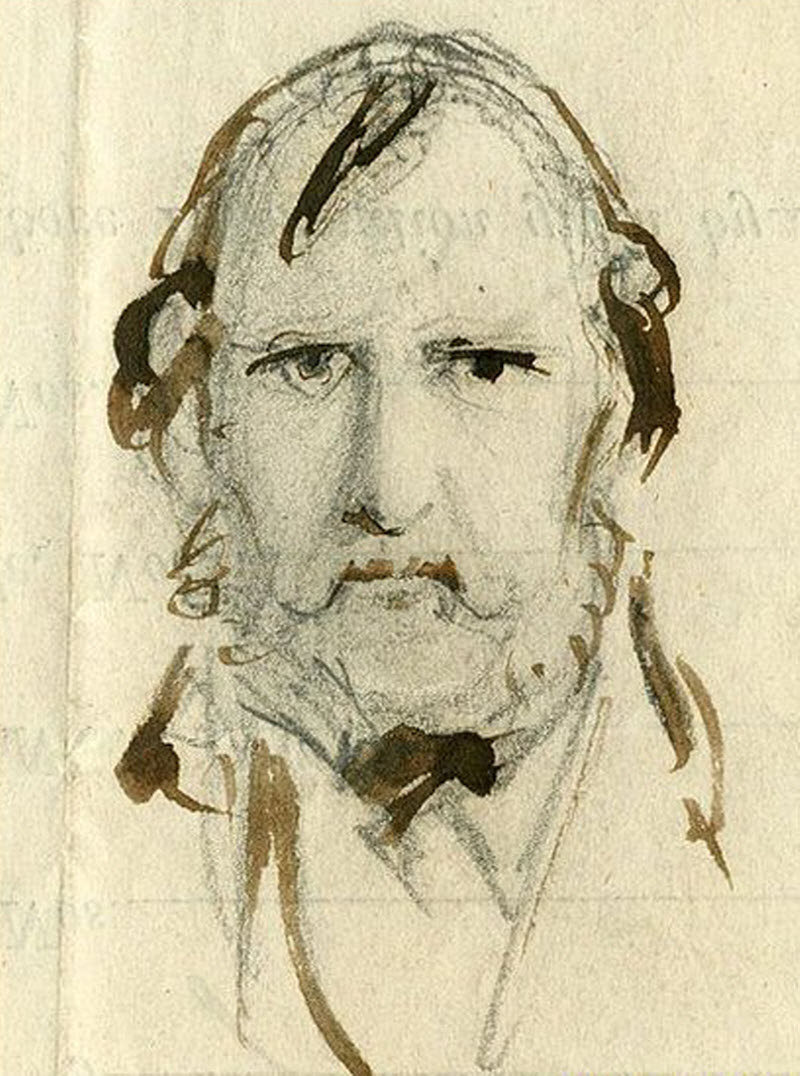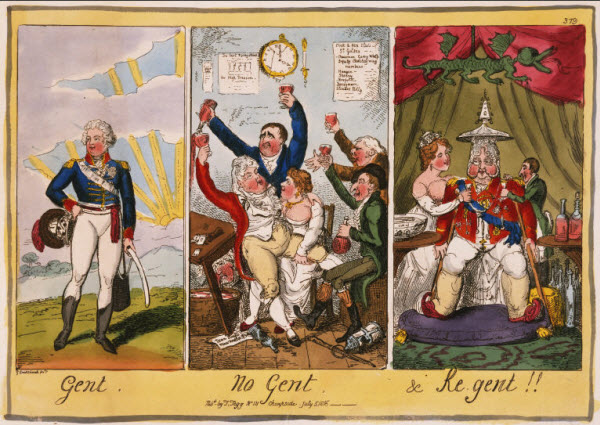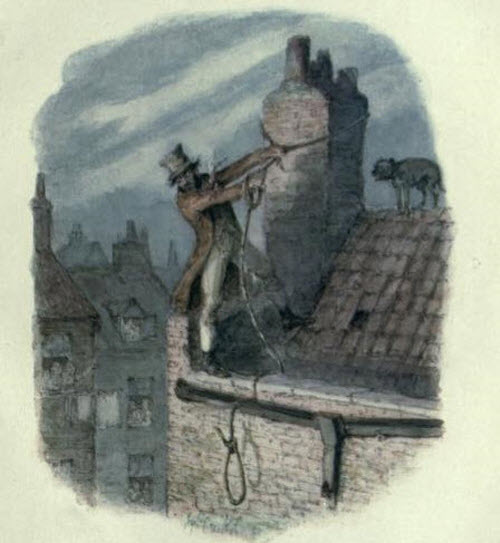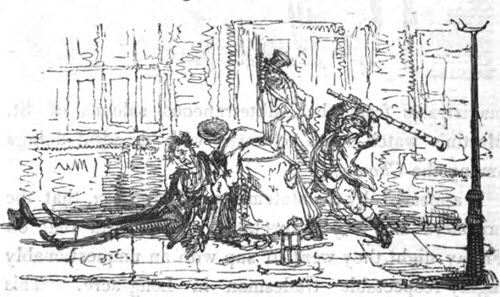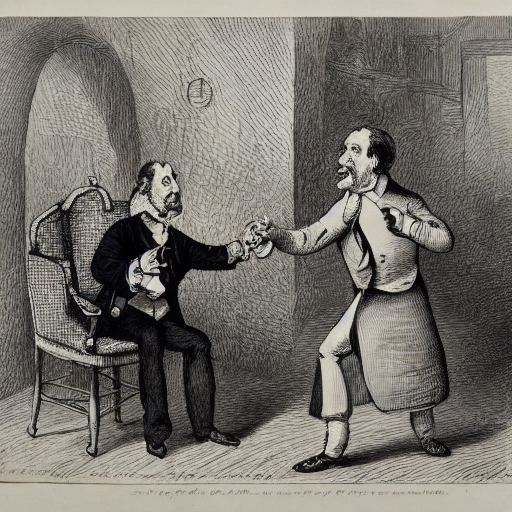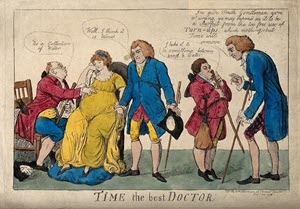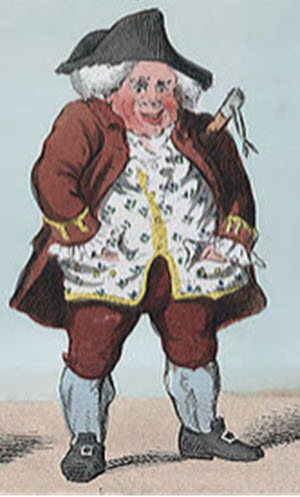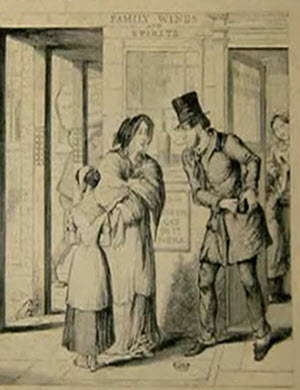Home | Articles | The British Beehive
The British Beehive is a cartoon by George Cruikshank first drawn in 1840 but not printed until 1867.
George Cruikshank's artwork, "The British Beehive", offers a fascinating and provocative look into the intricate workings of 19th century British society. In this intricate drawing, Cruikshank presents the British society as a hierarchical beehive, where each member has their designated place and role within the larger structure of industry and commerce.
The artwork is meticulously detailed and features an array of characters, from the powerful industrialists and lawyers to the workers and servants, all working together in their respective positions to support the hive. The bees' behavior and their interactions with one another provide a striking commentary on the social and political dynamics of the time.
Modern viewers might think that in comparing British society to a beehive, the artist was attempting to draw attention and criticize the social and economic inequality of British society. But they would be wrong. To see such a message in The British Beehive, would be to disregard the fact that Cruikshank, and many Bristih people at the time, regarded the orderly and regimented society as a boon and something to be proud of. While modern readers may recoil at the thought of social conformity, where there was little chance of any upward social movement, this was not how Cruikshank viewed it or what he comveyed by his drawing.
Despite his talents as a satirist and caricaturist, George Cruikshank was very much a British traditionalist. His role in developing the cartoon character of John Bull as the personification of the best qualities of the British nation, and his rabid anti-French views, are well known examples of his xenophobic and nationalistic viewpoint. In other words, though he could satirize the excesses of his society, Cruikshank was in no way a radical reformer or advocate for change. One of his best illustrations, the British Beehive, exemplifies Cruikshank's views on the need for stability and to maintain the status quo in British society, in the face of the accelerated social change brought on by the industrial revolution and, ironically, the spread of newspapers and satirical political drawings, such as the ones created by Cruikshank, which played a role in re-shaping public sentiment and views.
The British Beehive is an illustration of British society, depicting its various components as cells in a large beehive. In it are represented many of the social institutions and occupations of England in the time of George Cruikshank. We can infer something of Cruikshank's feelings about his subject from the fact that Cruikshank had the illustration printed and distributed at his own cost.
A close-up examination of each level of the hierarchical beehive represents an interesting anthropological study of British society, at least as seen through the eyes of George Cruikshank.
British society and the economy are depicted as a large self-contained beehive. Bees have an hierarchical social structure ruled by a Queen, much like England in his day. In addition, bees have always been regarded as industrious and so comparing Britain to bees was meant to accentuate the qualities of the British nation as hard working, frugal, and loyal servants of their queen.
Like a real beehive, Cruikshank depicts British society as strictly hierarchical where every person and every social institution has its assigned place. At the top is the Queen and her court. At the bottom are the soldiers and sailors who defend the beehive. In between are different levels of society, and its members, ranked by order of importance. Let us now examine each level, starting with the top.
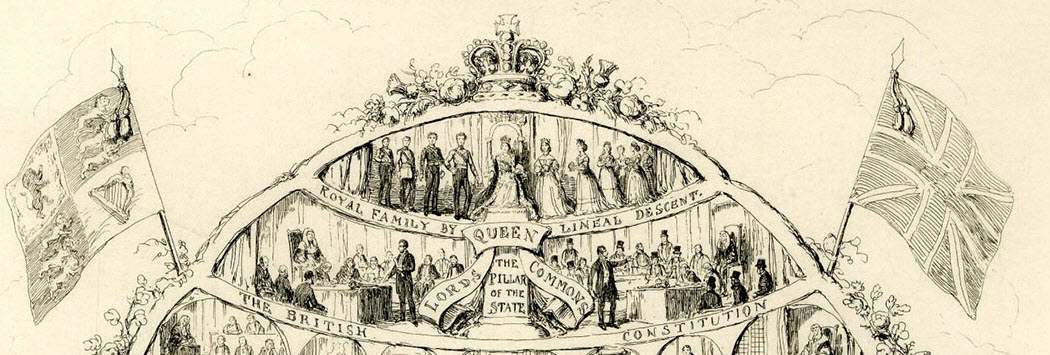
At the top of the British Beehive is the Queen and her court. They occupy the lone chamber of the topmost level, symbolizing their position on the apex of British society. Directly beneath the Queen's throne is a structure labeled, the Pillar of the State, meant to drive home the fact that the Queen was the main support and the one essential element of British society. The floor of the Queen's chamber is labeled "The Royal Family by Lineal Descent" as propaganda in favour of inheritance of aristocratic position and nobility through lineal descent, or in other words through the concept of primogeniture by which the eldest son inherits the title from the father (or the daughter in the absence of a male heir.) This may not seem too controversial for the times, but it must be remembered that the very idea of monarchy as an institution had been challenged by the French Revolution and the wars which had raged through the continent
Directly below the Queen and the Royal Family are the two chambers occupied by the House of Lords and the House of Commons. These chambers are supported by a floor labeled the "British Constitution", signifying both the importance of the rule of law but also the unchanging nature of the constitution, or supreme law of the land.

These levels represent the institutions which make the country strong. On the this level are the institutions of trial by jury, one of the cornerstones of the British legal system and the one guarantor of individual liberty and freedom. Another part of the floor is labeled, Freedom of Religion for All Denominations and another part is labeled Law and Equity. The chambers on the third level show people exercising these freedoms and rights: pastors preaching, juries deliberating, lawyers advocating.
Below that is the practical application of British knowledge and science. There are chambers labeled Medical Science, Schools, Free Press, Art, Colleges and Chemistry. It is an exclusively male world on this level, as all of the figures depicted are men.

These levels depict various trades and occupations: there are bakers, drapers, farmers, bakers, green grocers, and butchers. Most of the tradespeople depicted are once again men, but at least some women manage to break through the beehive ceiling and work as dairy maids, drapers and some other female dominated occupations. There are also some quaintly Victorian occupations such as cheese mongers and tea dealers.

More Victorian occupations are depicted: bricklayers, coal heavers, ostlers, paviors, and hatters. Once again, most of the occupations are male dominated.

This level portrays the bedrock of the British Beehive. Interestingly it shows the Bank of England at the same level and importance as the army, navy and merchant marine. The Bank of England was seen as the foundation of the country's ability to finance its military operations and trade.
Cruikshank appears to have designed the British Beehive as a panegyric to British society, but to modern eyes it seems a stifling and constricted society, where each person is stuffed into his or her little compartment. Perhaps unintentionally, Cruikshank managed to depict a somewhat dystopian society, where the British people are literally worker bees in a hive.
